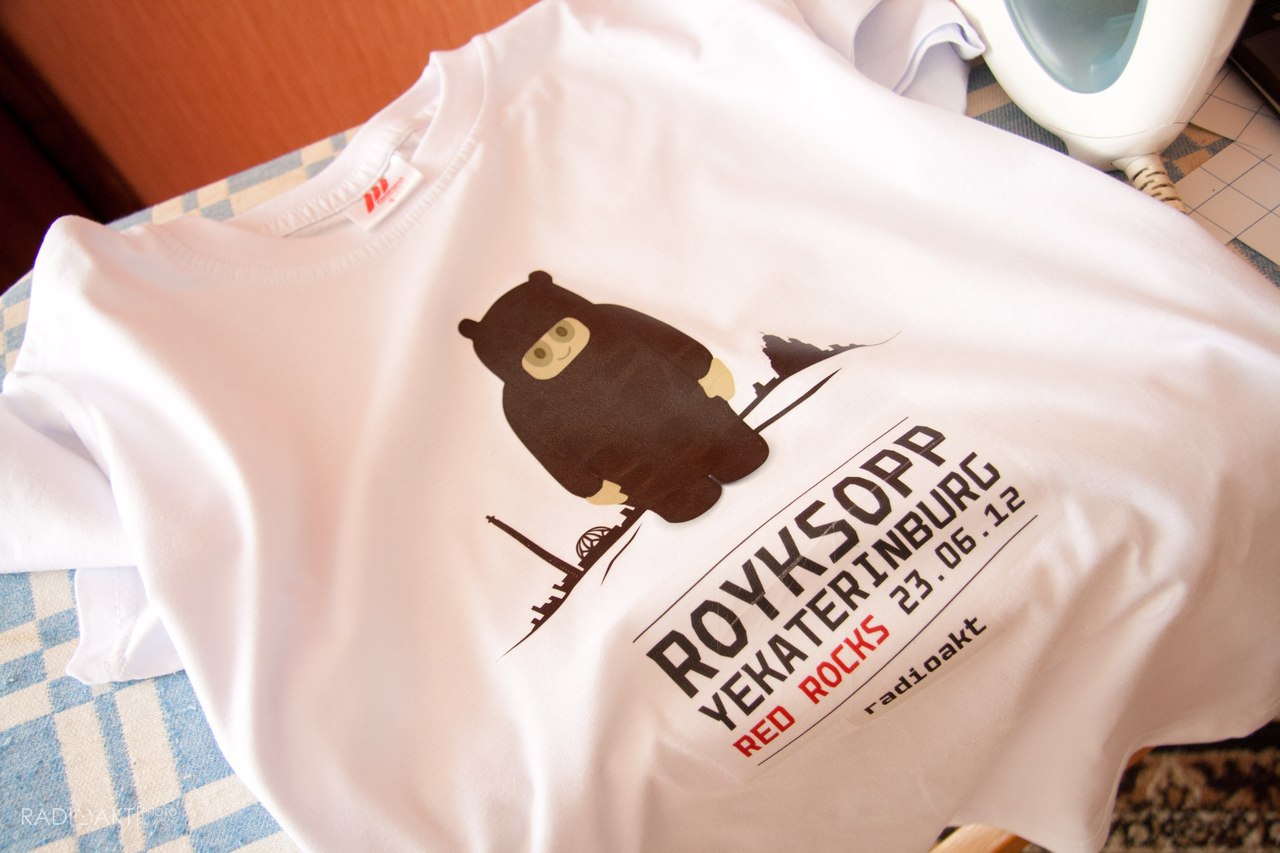What to do if your favorite T-shirts are boring or have lost their appearance? You can go and choose new ones. But there is also a more original and unusual way - to decorate them with new drawings to suit your taste. This will not only breathe new life into things, but also make them truly unique. Methods for applying prints to fabric exist not only in industry, but are also available at home.
What prints can you make?
When choosing a topic, everything is limited only by imagination. It could be:
- A printed image found on the Internet or drawn in a graphics editor.
- The T-shirt can be hand-painted with ordinary paints using a stencil or without it.
- Finally, you can create an abstract drawing.
But To bring an idea to life 100%, the T-shirt needs to meet certain requirements. It is desirable that the material consists of at least 80% natural fibers, usually cotton. It will peel off synthetic fabric, and some techniques require the use of an iron, which can damage it.It is also desirable that she sits freely. This way the drawing is less susceptible to deformation and mechanical stress.
Important! Before applying the design, the item must be washed, dried and ironed.

Equipment for creating drawings
The list of required materials will depend on the choice of a specific image application technique. You need to put thick paper or something similar inside the T-shirt. This is necessary so that the fabric is straightened and does not move during operation. If the design is applied with paints, then a substrate will be needed to prevent stains from appearing on the back.
If using thermal transfer printing, you will need special paper for printing the image and a color printer. T-shirts are suitable for hand painting acrylic paints. They are water-based, odorless and do not damage the fabric. They will need brushes and pencil for marking the outline. To work with stencils, spray paint is used.
If such an activity is considered as a business idea, then more efficient and expensive equipment will be required. This will require heat press and sublimation printer, as well as consumables for them. The workplace must be equipped computer for preliminary preparation of a drawing for printing.
Possible methods of printing on fabric
Let's look at a few of the most popular ones.

Thermal transfer printing
Applying an image using this method has a number of obvious advantages. It can be used by a person who absolutely does not know how to draw. The design is online, printed on special paper and transferred to a T-shirt using a hot iron. It will have clear contours and bright colors.Items with it can be washed at temperatures up to 30° inside out, and can withstand up to 25 cycles. The downside will be the need to buy not the cheapest paper.
With your own hands
To manually decorate the product first and the main condition is the ability to draw. The paints themselves are quite bright, mixing them you can get almost any shade. The image is resistant to fading. You can copy it from somewhere or invent it yourself.
For schematic ornaments or inscriptions, a good solution would be applying a stencil. This option is more difficult than printing, since the paint must evenly saturate the fabric and this is difficult to achieve without some training. You need to work with it quickly, without allowing it to dry out. In addition, it takes quite a lot of time. In addition to directly drawing, the T-shirt will need to dry within 24 hours.

Using the technique of applying abstract designs using spray paint or using knots will require preliminary treating fabric with a solution of salt and soda. It is quite caustic, so you must wear gloves when working.
Digital printing
To make a single copy of an item, a good solution would be to digitally print the design directly on the fabric. With its help you can print on any type of fabric. It will be distinguished by rich colors and resistance to washing and fading in the sun.
By the way! The method is quite labor-intensive and is not suitable for making large batches of clothing.
Using a printer
Using a sublimation printer will make the print even more durable. In this case, the paint does not create a film on top, but is absorbed into the fabric fibers. This T-shirt can be washed and ironed without fear.The main disadvantages of this method are the long time spent on printing and the impossibility of applying a design to cotton fabric.
Important! It only works with synthetics.

Silkscreen printing
This technique is most often used for applying inscriptions and logos. With its help, you can print reflective patterns and make three-dimensional patterns. Most of the time in this case is spent on preliminary preparation of the fabric for printing. Also, the technology does not ensure the application of absolutely identical images in one batch.


 0
0





